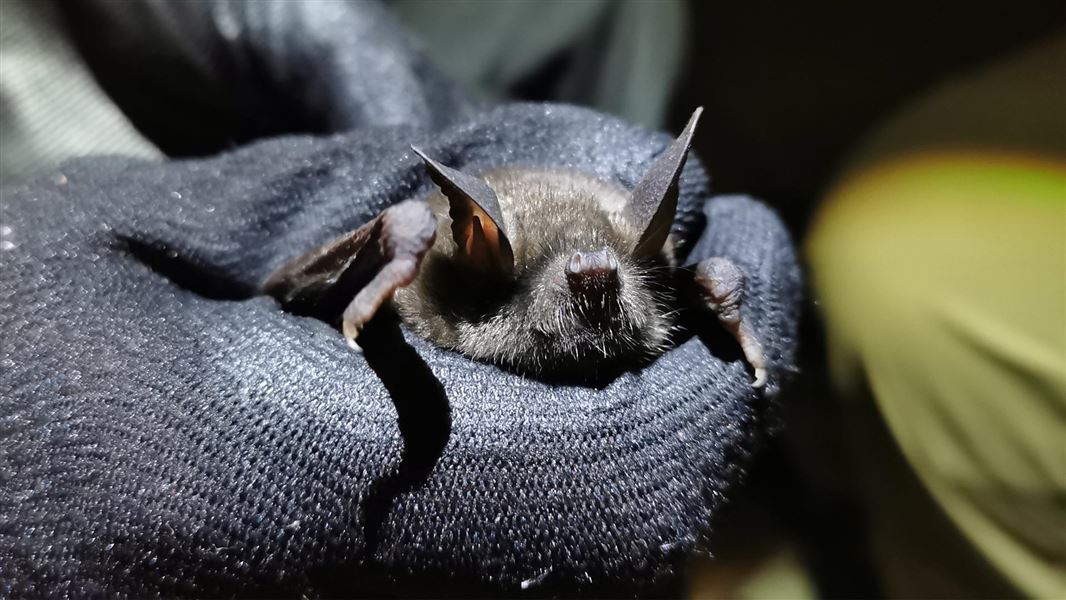Archived content: This media release was accurate on the date of publication.
Date: 01 May 2023
Conservation professionals from across New Zealand will converge on Waikato this week for a conference focussed on protection of native bats/pekapeka.
Bat Hui 23, to be held at Narrow’s Landing event venue just south of the city over the next few days, will draw more than 100 attendees including scientists and resource management specialists whose roles involve work to protect the secretive and mysterious winged mammals. It is the first time DOC has hosted the conference.
DOC’s Bat Recovery Group (BRG) is hosting the conference, and DOC Ecology Technical Advisor Jess Scrimgeour says the event follows the publishing of the latest official threat classification for New Zealand’s two bat/pekapeka species last week.
“New Zealand’s native bats have a growing profile as people become more aware of the threats they face, and how and why they need protection,” Jess says.
“Our conference will cover the latest research on the species, survey and monitoring work to understand more about the bats, as well as discussion on predator control methods and the various mitigations available to protect bats,” she says.
Other topics to be covered by conference speakers include the impact of wind farms on the winged mammals, the “social organisation” and singing of male short-tailed bats, and the occupation of artificial roosts by bats found in suitable habitat in Hamilton.
Jess says although few New Zealanders will ever see bats – due to the animals’ largely nocturnal lifestyle – they are found throughout New Zealand, particularly where there are large ancient trees suitable for them to roost inside.
Hamilton is one of a small number of urban areas where bats are known to live, and are supported and protected by conservation agencies and community groups.
Efforts to raise the profile and protection of New Zealand’s bats have increased in recent years as more people become aware of the threats the animals face, and scientists – including DOC staff – share more research and science.
In 2022, DOC’s Kerry Borkin published research confirming what scientists had long suspected – that domestic cats were preying on and eating native bats where the felines roamed in and around bat habitat.
Also in 2022, Hamilton Zoo – supported by DOC – successfully rehabilitated an adult female long-tail bat which had been attacked by a cat, and found by a member of the public.
Jess Scrimgeour says it’s an exciting and interesting time to be working on bat conservation, and the hui near Hamilton will allow those involved in bat protection to share knowledge.
“Developing our understanding of the animals is crucial to our ongoing conservation efforts, and by bringing together professionals involved means we can ensure we’re all across the latest information and using it to drive our work.”
Related links
- New report confirms mixed bag for bats: Media release 27 April 2023
- New research confirms cat risk for pekapeka: Media release 10 August 2022
- Rehabilitated pekapeka released back into the wild: Hamilton Zoo media release 8 November 2022
Background information
Bats/pekapeka are New Zealand’s only native land mammals.
New Zealand has two species of native bats/pekapeka – long tailed and short tailed. The rarely seen mammals face threats from introduced predators, habitat loss and human activity.
Due to these persistent threats, DOC works with other local and central government agencies and community groups to protect the bats.
Contact
For media enquiries contact:
Email: media@doc.govt.nz
